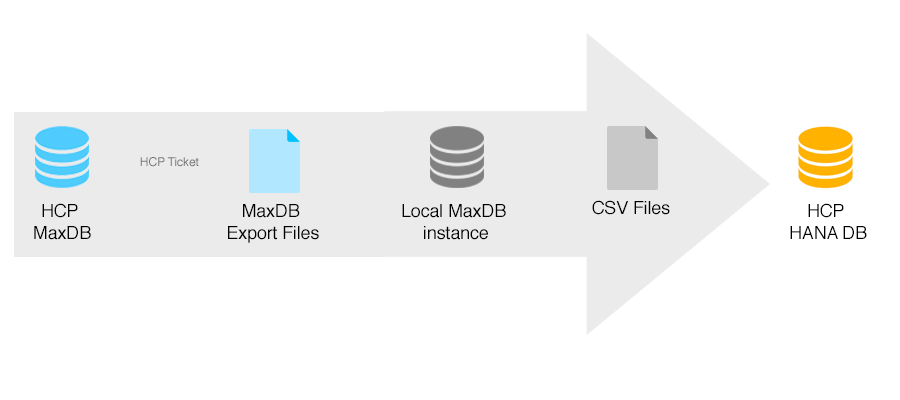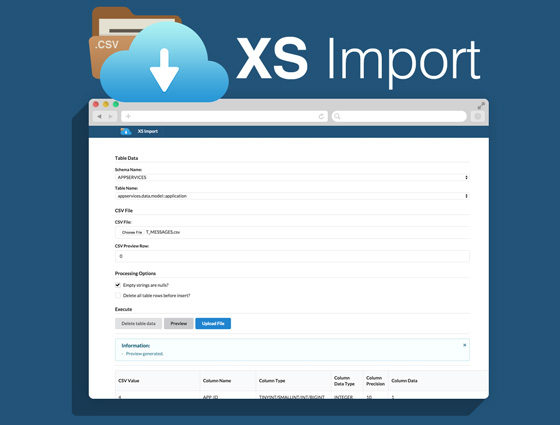Summary:
Developing HANA applications is a task split evenly between web, database and UI/UX Developers. This article outlines some helpful and useful tools for all 3 of the tasks when companies take on the challenge of HANA web app development.
Upon release of HANA SPS05, SAP introduced a great new feature called HANA Extended Services (Also known as the XS Engine). The concept was to embed a fully featured web server within the SAP HANA appliance. Not only was it a web server, but it also provided development tools and an application server. One core difference between traditional web servers and the XS Engine, is that it has the ability to execute SQL using the exposed core API’s using Server side Javascript (XSJS). Thus making accessing and modifying your database artifacts very simple and straight forward. With the SPS08 release of HANA, the XS Engine has come a long way and with the additional features, improved stability and the core performance increased, giving us an encouraging sign of a mature product.




You must be logged in to post a comment.